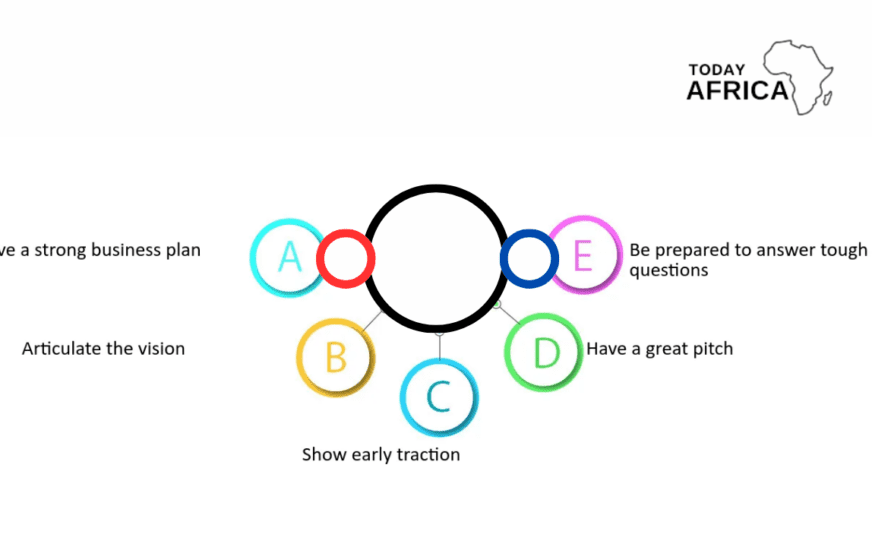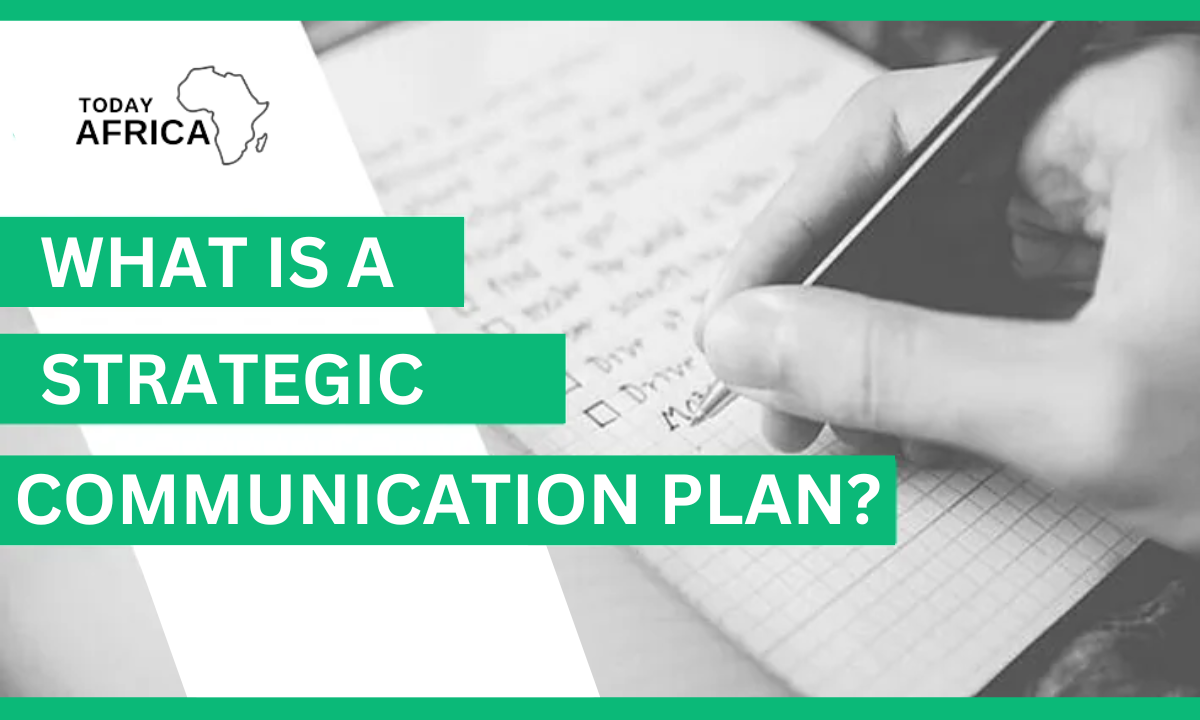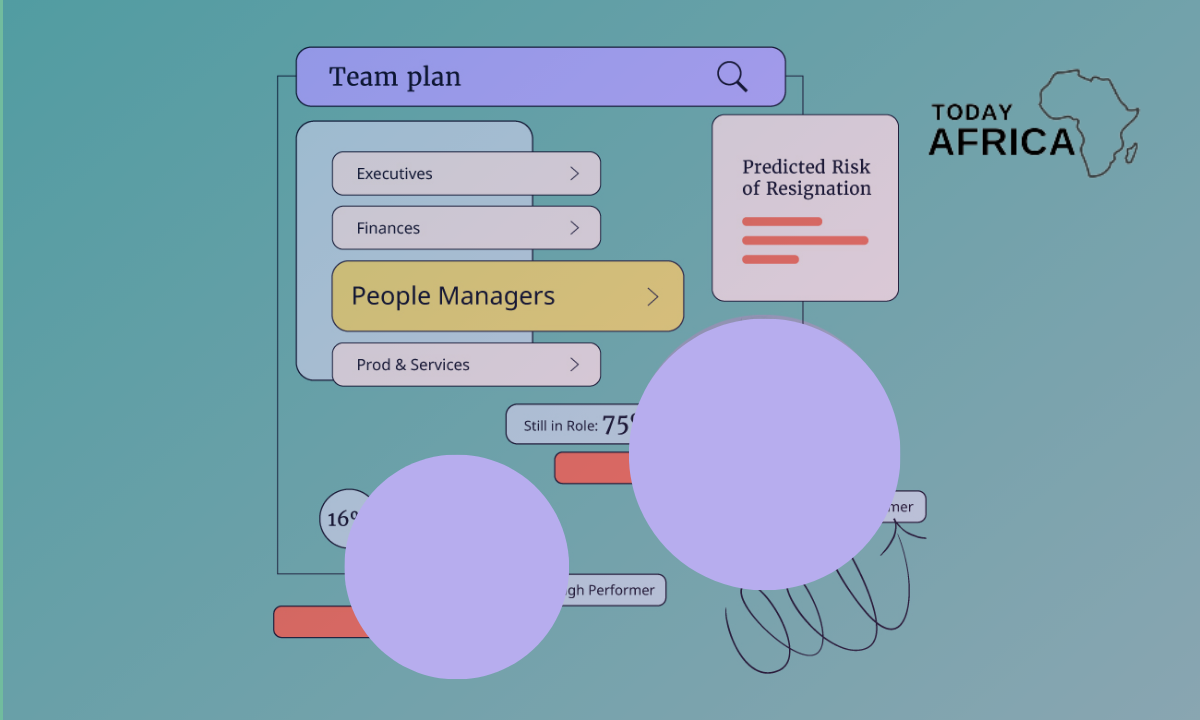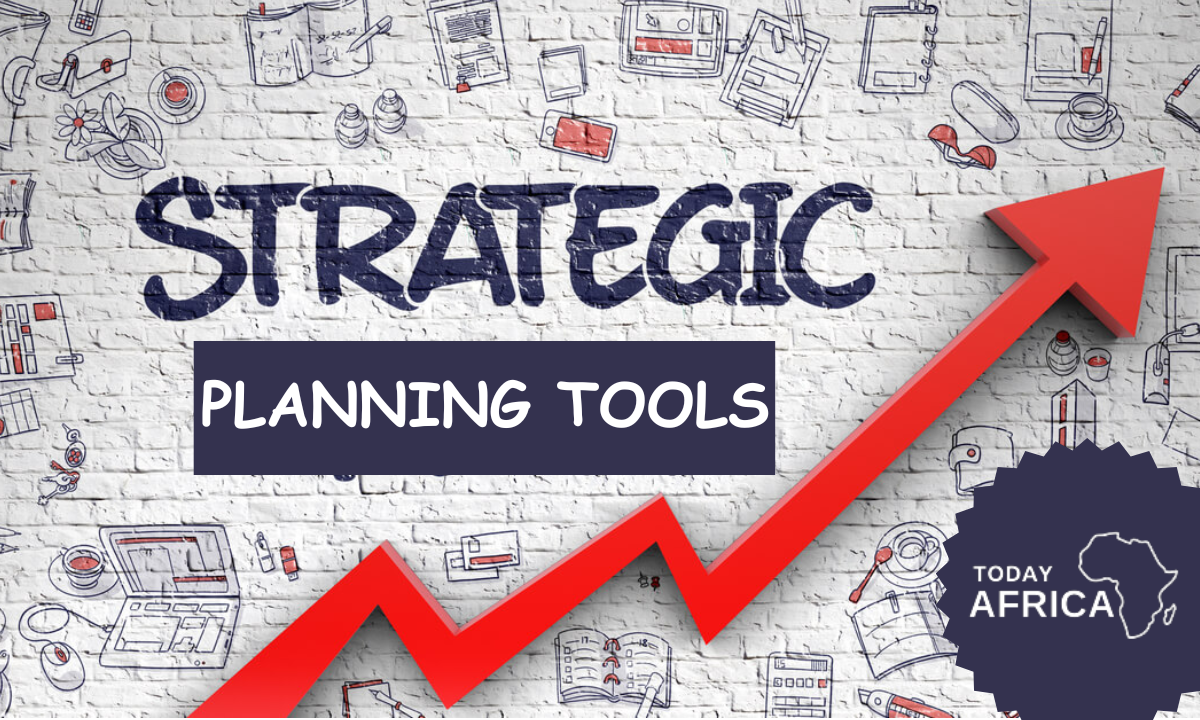Identifying what your organization will need in the future requires the use of strategic workforce planning tools.
These tools will help in identifying the right talents to hire, gaps, and opportunities, and ensure you get the right people to fill the right roles.
This may sound daunting, but relax because there is plenty of workforce planning software on the market to help you.
It’s easy to get overwhelmed with what to choose. In this article, we’ll go over a number of the best strategic workforce planning software available on the market, and which ones would be the best choice for your organization.
What are Strategic Workforce Planning Tools?
Strategic workforce planning tools are instruments that help analyze the current capabilities and future needs of the employees.
These tools are data-driven instruments that help identify the gap between the current capabilities of the workforce and its future needs. In addition, they help you come up with ways to fill this gap.
Why Use Strategic Workforce Planning Tools
Using strategic workforce planning tools in your workforce process can help you avoid the time-consuming, high-effort, and mundane tasks involved. They’re crucial to making your process faster, more efficient, and more cost-effective.
They are designed to make your ability to carry out different workforce planning tasks easier. Tasks like analyzing gaps between current abilities and future needs, investigating business performance and potential, and predicting future scenarios are made simpler with a workforce planning tool.
The Benefits of Workforce Planning Tools
1. Optimized talent acquisition: Strategic workforce planning tools enable organizations to identify the skills and competencies required for future roles. By aligning talent acquisition strategies with long-term business objectives, companies can attract and hire candidates who possess the right skill sets and potential for growth.
2. Enhanced succession planning: These tools empower companies to proactively identify and groom potential leaders within their organization. By assessing employees’ performance, skills, and career aspirations, businesses can create tailored development plans and ensure a smooth transition when key positions become vacant.
3. Improved workforce utilization: They provide valuable insights into workload distribution, skill gaps, and areas of overstaffing or understaffing. This enables organizations to optimize workforce utilization, allocate resources effectively, and minimize operational costs.
4. Better decision-making: These tools provide you with real-time workforce intelligence. That enables management to make data-driven decisions regarding talent acquisition, performance management, training and development, and overall workforce strategy.
How to Use Strategic Workforce Planning Tools
1. Define strategic goals: Clearly articulate your organization’s long-term objectives and identify the critical roles and competencies needed to achieve them.
2. Analyze your current workforce: Evaluate your existing workforce by assessing skills, performance, and potential. Identify any skill gaps and areas of improvement.
3. Forecast future needs: Use historical data, market trends, and business projections to forecast future workforce requirements. Anticipate changes in job roles, skill sets, and employee demographics.
4. Identify key metrics: Determine the key performance indicators (KPIs) that align with your strategic goals. These metrics will serve as benchmarks for evaluating workforce performance and effectiveness.
5. Select the right tools: Research and select strategic workforce planning tools that align with your organization’s needs, budget, and technical infrastructure. Ensure the chosen tools offer the necessary features such as data integration, analytics capabilities, and scenario modeling.
6. Train and educate: Provide training to HR professionals and relevant stakeholders on how to effectively utilize the selected tools. Encourage continuous learning and exploration of new functionalities.
7. Monitor and adapt: Regularly review and assess the outcomes of your workforce planning efforts. Monitor the effectiveness of the tools and make necessary adjustments to ensure continuous improvement.
Workforce Planning Tools
| No. | Workforce Planning Tool |
| 1. | Runn |
| 2. | Paymo |
| 3. | Bizimply |
| 4. | Quinyx |
| 5. | Planday by Xero |
| 6. | Planful |
















